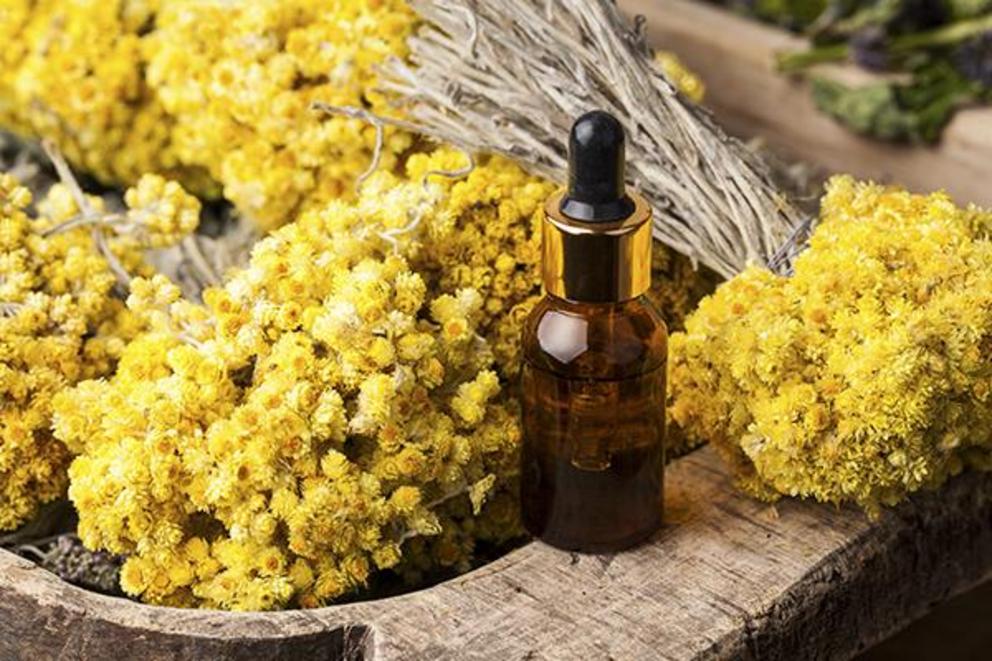Can geographical location affect the chemical composition of plant-based essential oils? Science explains
The use of complementary and alternative medicine (CAM) has increased in recent years. Besides ancient techniques that promote natural healing, such as acupuncture, CAM also promotes the use of natural products like essential oils.
Essential oils are concentrated extracts that can be derived from different parts of a certain plant. This is usually done through steam distillation. The oils obtained from this process contain a mixture of aromatic compounds that contribute to a plant’s unique scent and flavor. These compounds also possess beneficial properties that make essential oils such potent natural remedies.
Today, essential oils are widely used in aromatherapy. This type of CAM is popular with patients whose symptoms adversely affect their mental health. Essential oils are also used for massage therapy and as a topical treatment for infections and skin conditions like eczema. Because of their wide range of medicinal applications, essential oils and their plant sources are topics of great interest for scientists.
In a recent study, researchers at the State Research Institute Center for Physical Sciences and Technology in Lithuania analyzed the chemical composition of essential oils obtained from the inflorescences and leaves of a local plant called dwarf everlast (Helichrysum arenarium). They also compared the chemical profile of these essential oils with that of oils from dwarf everlasts that grow in other countries.
The researchers reported their findings in an article published in the Journal of Essential Oil Research.
Factors that influence the phytochemical composition of essential oils
For more than a decade, scientists have been studying essential oils, specifically their applications and their phytochemical components. They’ve found that these natural products are generally complex mixtures of volatile terpenes and phenyl propanes, although some also contain hydrocarbons or sulfur compounds.
When it comes to the chemical variations between essential oils derived from the same plant species, researchers have identified several factors that influence these. These factors include genetic variability, plant parts, developmental stage and environment. In particular, season, time of harvest and geographical location all play a part in determining the chemical composition of essential oils.
For instance, one study reported that the availability of light in a particular location influenced the concentration of monoterpenes and phenyl proanes in sweet basil (Ocimum basilicum) essential oils. Meanwhile, low water availability was found to increase the concentration of monoterpenes in pebrella, or wild mountain thyme (Thymus piperella) essential oils.
Other environmental factors that were found to influence the chemical composition of essential oils include altitude, latitude and soil-related factors, such as nutrients and pH.
For their study, Lithuanian researchers used gas chromatography and mass spectrometry to determine the chemical constituents of locally grown dwarf everlasts. They identified a total of 56 different compounds in dwarf everlast essential oils that made up 80.1 to 98.8 percent of the total oil content.
The researchers noted that the main fractions were composed of sesquiterpenes (29 to 70.1 percent), aliphatic hydrocarbons (7.7 to 45.5 percent) and oxygenated monoterpenes (2 to 13.9 percent). Among the terpenoids, the main constituents of dwarf everlast essential oils were:
- 1,8-cineole, 8.9 percent
- B-caryophyllene, 5.8 to 36.2 percent
- y-Cadinene, 5.8 percent
- d-Cadinene, 9 percent
The essential oils also contained appreciable amounts of aliphatic hydrocarbons, mainly octadecane and heneicosane. These likely came from the wax that covered the outer surface of the cuticle of the dwarf everlasts. The oils’ octadecane content was found to be 7.1 to 22.3 percent, while heneicosane content varied from 7.9 to 20 percent, depending on which part of the plant they were extracted (i.e., flowers or leaves).
The researchers said that the essential oils of Lithuanian dwarf everlasts greatly differed from the essential oils of dwarf everlasts grown in other countries. For instance, a recent study by an Iranian researcher reported only 38 chemical constituents for dwarf everlast essential oil. The main fractions were identified as a-pinene (32 percent), 1,8-cineole (16 percent), a-humulene (15 percent) and B-caryophyllene (8 percent).
The huge difference between the chemical profiles of these essential oils demonstrates the huge impact of environmental factors, including geographical location, on their phytochemical content.

